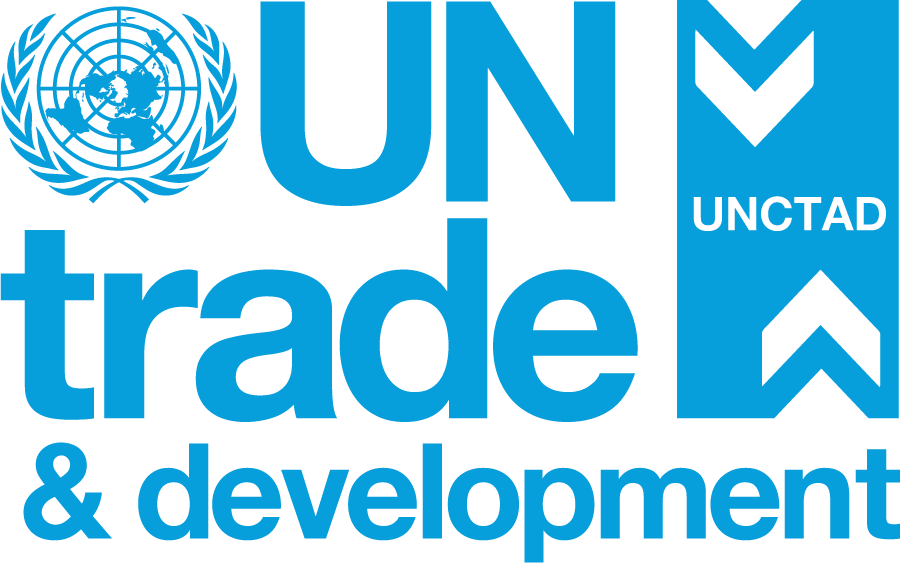China discharges the most seaborne cargo; Australia loads the most
Tonnage loaded and discharged, billions of tons (SDG 9.1.2), 2023
UN Trade and Development, UNCTADstat.
Reported as Sustainable Development Goal Indicator 9.1.2: "Freight loaded and unloaded, maritime transport (metric tons)".
In 2023, China remained the world’s leading maritime‑freight economy, loading around 570 million metric tons and discharging close to 2.7 billion metric tons—equivalent to 5% of global loading volume and 23% of global discharging volume, respectively. However, Australia, United States and the Russian Federation loaded more cargo for international maritime transport than China.
Since 2011, China, Australia and the United States have ranked as the top three economies in total seaborne trade. That year, Australia overtook Japan—notable for its large discharge volumes—in total volume. In 2023, India recorded the second‑largest discharge volume.
